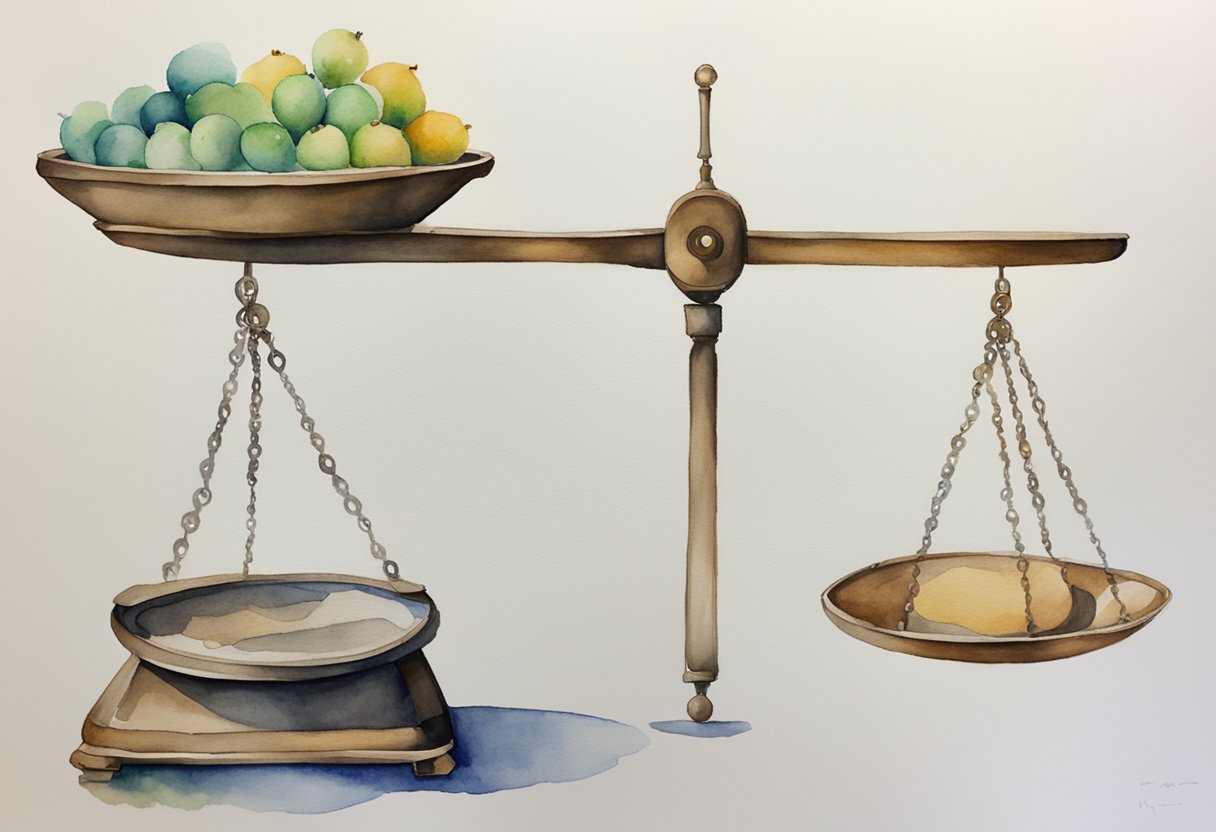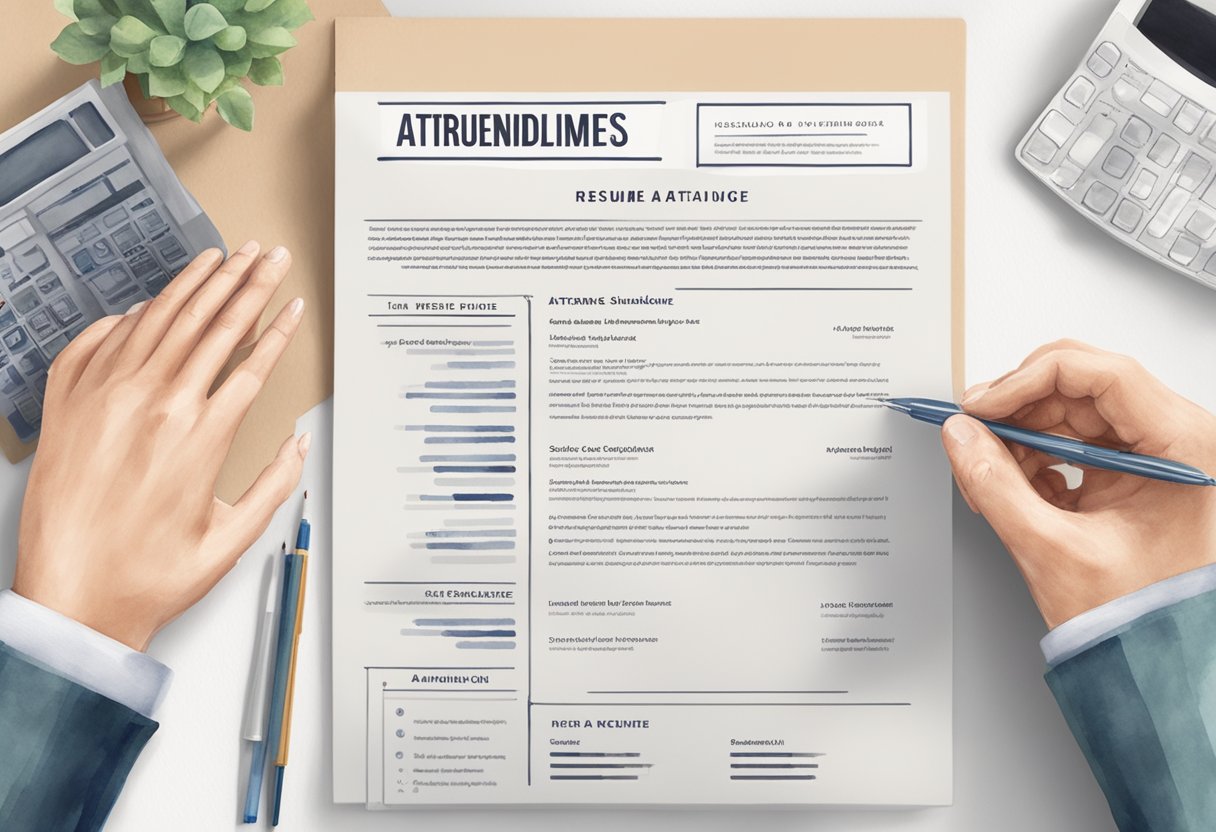Should You Include a Picture on Your Resume or CV: Expert Insights on the Modern Job Market
Deciding whether to include a picture on your resume or CV is a nuanced choice that demands consideration of industry norms, cultural expectations, and legal frameworks. In some job markets, particularly in Europe, Asia, and the Middle East, attaching a professional photo is often customary and can sometimes enhance a candidate’s resume by providing a personal touch. Conversely, in the United States, the United Kingdom, and Canada, the practice is generally discouraged and can inadvertently lead to concerns about discrimination or unconscious bias in the hiring process.

While a picture might add a level of personalization to a job application, its inclusion has potential drawbacks and benefits that must be weighed carefully. For roles where appearance is relevant, such as acting or modeling, a photo is expected and can play a crucial part in the selection process. However, in most other fields, the focus on one’s skills and qualifications is preferred. Additionally, adhering to proper guidelines when including a photo—like ensuring it is a professional headshot— is pivotal for those who opt to do so. It’s equally important to stay informed about local employment laws to avoid legal pitfalls surrounding discrimination.
Key Takeaways
- The appropriateness of a photo on a resume varies by location and industry.
- Including a photo may enhance personalization but poses the risk of bias.
- Proper guidelines and legal considerations must be evaluated when adding a picture.
Relevance of a Picture in Different Job Markets

In countries like the United States, United Kingdom, and Canada, standard practice advises against including a picture on your resume. Employers in these regions may discard a resume with a photo to prevent potential biases in the hiring process.
North America:
- United States & Canada: Avoid attaching a photo to minimize discrimination concerns.
Europe & Asia:
- Continental Europe: Some countries expect a photo, considering it a part of a standard CV.
- East Asia: Including a photo may be preferred or expected by employers.
In industries where appearance is relevant, such as acting or modeling, a professional photo is typically required. For other sectors, the decision varies and sometimes depends on the company culture.
It is important to research specific regional and industry standards before deciding to add a picture. In some scenarios, a LinkedIn profile link may satisfy the need for a visual element without crowding the resume.
Note on Discrimination Legislation: One must consider anti-discrimination laws in certain countries that encourage resume anonymity to ensure a fair hiring process.
When a candidate is considering career opportunities internationally, they should always tailor their approach to align with the cultural and professional norms of the target job market.
Pros and Cons of Including a Picture

When deciding whether to include a picture on a resume or CV, candidates should consider the potential for bias, the opportunity for personal branding, and the varying cultural expectations.
Bias and Discrimination
Including a picture on a resume can inadvertently expose candidates to bias, whether conscious or unconscious. Employers may form opinions based on a candidate’s appearance rather than qualifications and experience, potentially leading to discrimination. While many countries discourage photos on resumes, some recruiters feel that a picture can make an application more personal.
Personal Branding
A photo can serve as a tool for personal branding, particularly in fields where appearance and presentation are key. It can make a resume stand out in a crowded job market and support professions like modeling or acting where visual presentation is crucial.
Cultural Expectations
Candidates must consider the cultural norms of the country where the job is located. In some places, such as parts of Europe, a photo may be expected and can complete a CV, while in the United States, it is generally advised against. Understanding regional practices is vital to ensuring a picture’s inclusion or exclusion aligns with standard procedures.
Guidelines for Attaching a Picture

When deciding to include a picture on a resume, it is crucial to adhere to specific guidelines to maintain professionalism and to ensure that the photo enhances, rather than detracts from, the document.
Professionalism
A photo attached to a resume should convey a sense of professionalism. This means selecting a headshot that is:
- Current: A recent photograph, ideally taken within the last six months.
- High-Quality: Clear, with good resolution, and well-lit, without distracting backgrounds or filters.
- Appropriate Attire: Dress should match the industry standard—for corporate jobs, a suit or professional attire is recommended.
Employers expect a photo that aligns with the professional nature of the application.
Size and Position
The size and position of the photo on a resume are also important considerations:
- Size: Generally, the photo should be small, about the size of a passport photo.
- Position: Typically, the photo should be placed at the top of the resume, either in the center or the upper corner, ensuring it does not dominate the page.
The goal is to integrate the photo seamlessly with the resume’s layout , maintaining the document’s balance and readability.
Legal Considerations in Various Regions

When considering whether to include a picture on one’s resume or CV , legal considerations play a significant role. Laws regarding employment and discrimination vary by country, influencing this decision.
United States: Employers often prefer not to receive resumes with photos to avoid discrimination during the hiring process. United Kingdom: The Equality Act 2010 outlines strict anti-discrimination policies, thus discouraging the inclusion of a photo on a CV. European Union: Some countries in the EU do suggest including a photo; however,the EU legislation has strict anti-discrimination laws that might affect this practice.
Here’s a concise overview:
| Region | Photo on Resume | Legal Considerations |
|---|---|---|
| United States | Discouraged | Avoiding potential discrimination during hiring process. |
| United Kingdom | Discouraged | Anti-discrimination laws like the Equality Act 2010. |
| European Union | Varies | Varies by country, EU anti-discrimination laws need to be considered. |
| India | Encouraged | No legal mandate, but a professional look is encouraged. |
| The Emirates | Common Practice | Not legally required, but it's a usual inclusion on CVs. |
It is vital for individuals to be aware of the specific legal environment in their region to ensure compliance and to maximize their employment opportunities.
Frequently Asked Questions

Deciding whether to include a photograph on your CV or resume can impact how recruiters view your application. Addressing common inquiries can clarify the appropriateness and potential effects of this choice.
Is it beneficial to include a photograph on your CV?
Including a photograph on a CV isn’t a typical practice in the United States and can depend on the job seeker’s geographic location and industry. While it may personalize the application , it is rarely done and often not recommended.
What type of photo is considered appropriate for a resume?
If one chooses to include a photo, it should be a professional headshot, indicating a serious and focused demeanor. Recruiters expect a clear, recent image that aligns with the professionalism of the document.
Is it more common in certain industries to have a photo on your resume?
Certain fields such as acting or modeling require a headshot as part of the application process. However, for most professions, especially outside of these industries, adding a photo to the resume is uncommon and generally advised against.
What are the potential disadvantages of having a photo on your CV?
Photos can introduce bias or lead to discrimination, intentionally or unintentionally, based on appearance. Additionally, they can take up valuable space that could be used to detail skills and experiences pertinent to the position.
Are there cultural differences in including a picture on a CV or resume?
Cultural norms vary widely with respect to including photos on CVs, as some countries like Germany often expect a photo, while in the United States, the practice is discouraged to prevent discrimination and to ensure hiring decisions are based on qualifications alone.
What are the best practices for attaching a photo to a resume in Microsoft Word?
For those jobs that do require a photo, placing it in the top corner of the document is standard. It’s important to use a small size that maintains readability and to ensure the rest of the resume is uncluttered and focused on professional achievements and qualifications.

Get a higher quality resume format
Our Resume Builder ensures best practices, logic, formatting standards and job matching opportunities from thousands of job boards and portals around the world.
By clicking Start Your Resume, Your are agree to our Terms of use and Privacy Policy
 India's
premier resume service
India's
premier resume service






